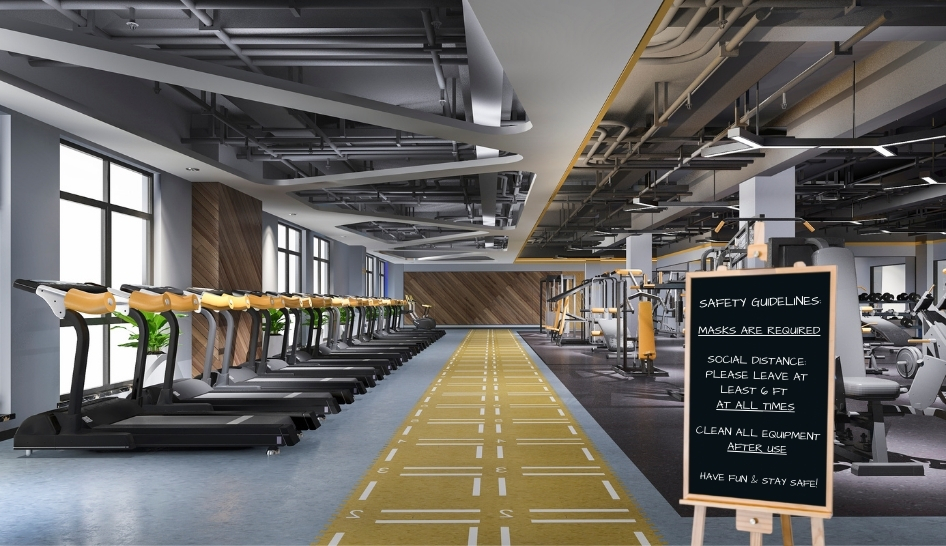Recently several U.S. states made the news when they did away with all COVID-19 related restrictions, including mask policies and building capacity limits. While these decisions allow fitness centers more flexibility, it also means each business must now chart its own course as it considers lifting restrictions while continuing to keep members safe.
To see the guidelines in place in your state, see IHRSA’s U.S. Reopening Guidelines Comparison Chart.
We’ve compiled five key considerations for implementing a phased rollback of mitigation measures and spoken to three Texas club operators about how they handled the governor’s lifting of all restrictions in early March.
5 Key Considerations for a Phased Rollback
1. What protocols will remain long-term?
Some of the safety protocols put in place over the last year may never be rolled back. Consider for example upgrades to ventilation systems like installation of MERV-13 filters, implementation of purification technologies, or enhanced outdoor air exchange. Some clubs may plan to keep new exercise classes or to extend changes to layout, for example.
This is especially important considering some U.S. states, including Texas, have language in the executive orders repealing restrictions that will automatically reinstate them if hospital capacity reaches a certain threshold. For many clubs, it makes sense to keep some protocols, especially those that are harder to reinstate, in place for a while.
It can be important to communicate these protocols with your members—many may feel safer when they realize that the removal of some key, widely reported restrictions, like capacity limits and masks, does not mean there are no safety protocols in place whatsoever. And now that investments have been made, some of these protocols can provide benefits long after COVID-19 ceases to be a global emergency.


